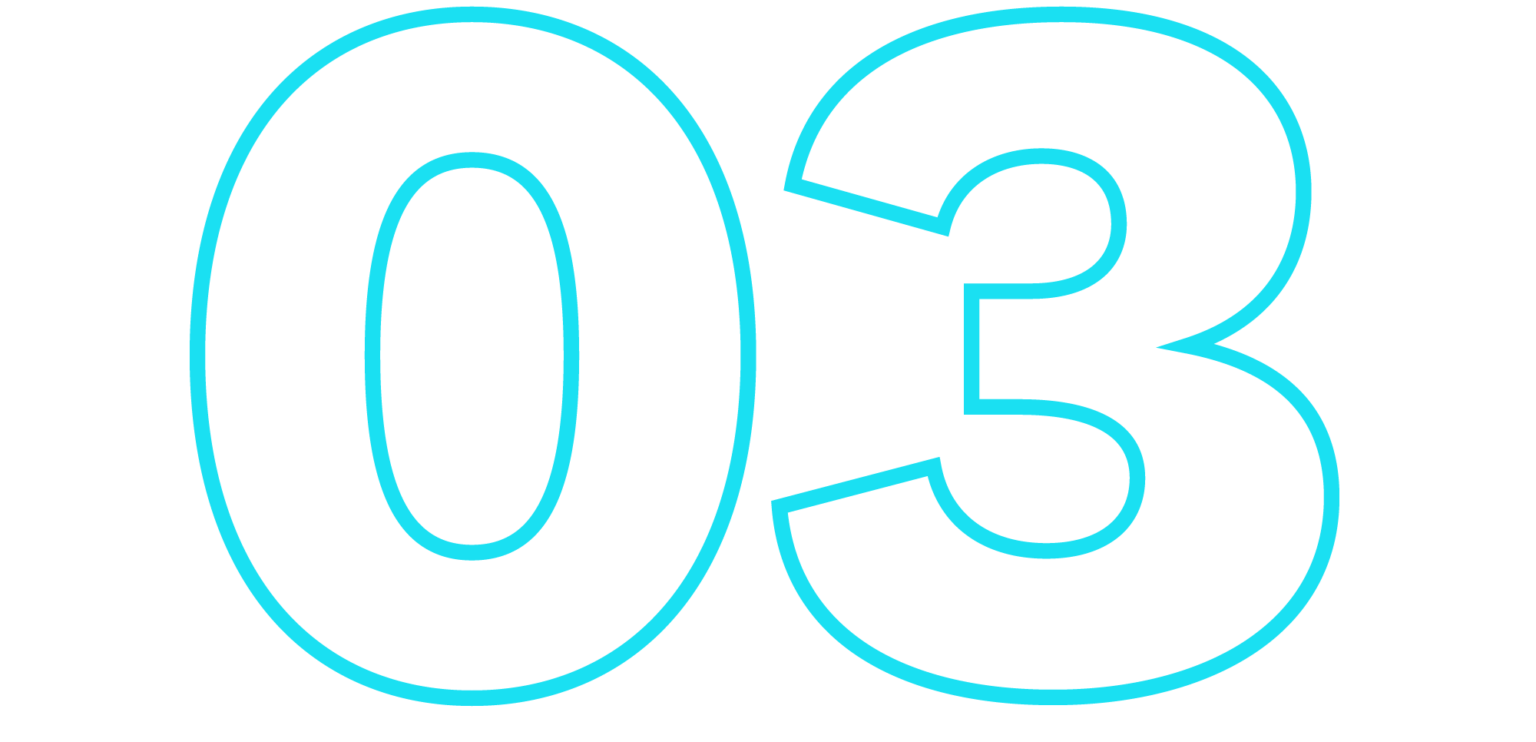
True Transformation
Launch Your Modern Technology Strategy with a Transformation Mindset
Do modern products transform—or just norm—your business? Many companies are doing their best to transform and modernize—moving to the cloud, upgrading CRM structures, buying software that promises to utterly change them. But in reality, this approach to modernization is just product-solving to meet new norms in business, not a transformational, strategic modern technology solution. Thing is, to truly transform, technology and digital modernization need to scale across a company’s entire operation—from people to processes to business goals.
Digital transformations are difficult to execute. Only 30% of transformations succeed in achieving their objectives.1
We, like many others, believe that all companies are now—or need to soon become—technology companies. And to fly high amidst constant and disruptive technology advances, businesses need to shift their mindset about what they are, to what they could be. From a mindset focused on solving immediate challenges with short-term fixes, to a mindset that approaches challenges with flexibility and an eye on the future. In other words, ditch the transactional mindset to a transformational mindset.
How do you know which mindset you’re currently operating under? In working with clients over thousands of projects, we’ve identified and noted the differences between transactional and transformational mindsets in five of the most common modernization efforts.
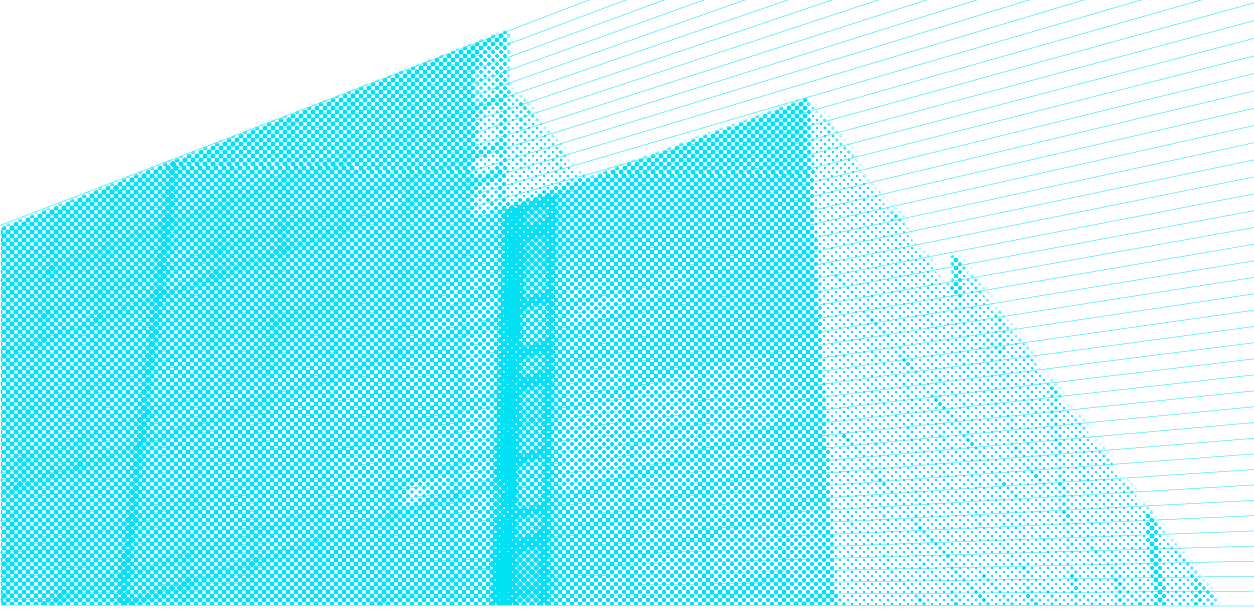

Cloud migration vs Cloud modernization
Until recently, businesses raced into cloud migration to reduce operational costs, ensure compliance, and fix immediate needs—a transactional response to impactful business demands. Often, this approach creates high potential for future rework, or technical debt.
True transformation and the capacity to innovate beyond business as usual, requires businesses to go beyond simple migrations and embrace systemic change at scale.
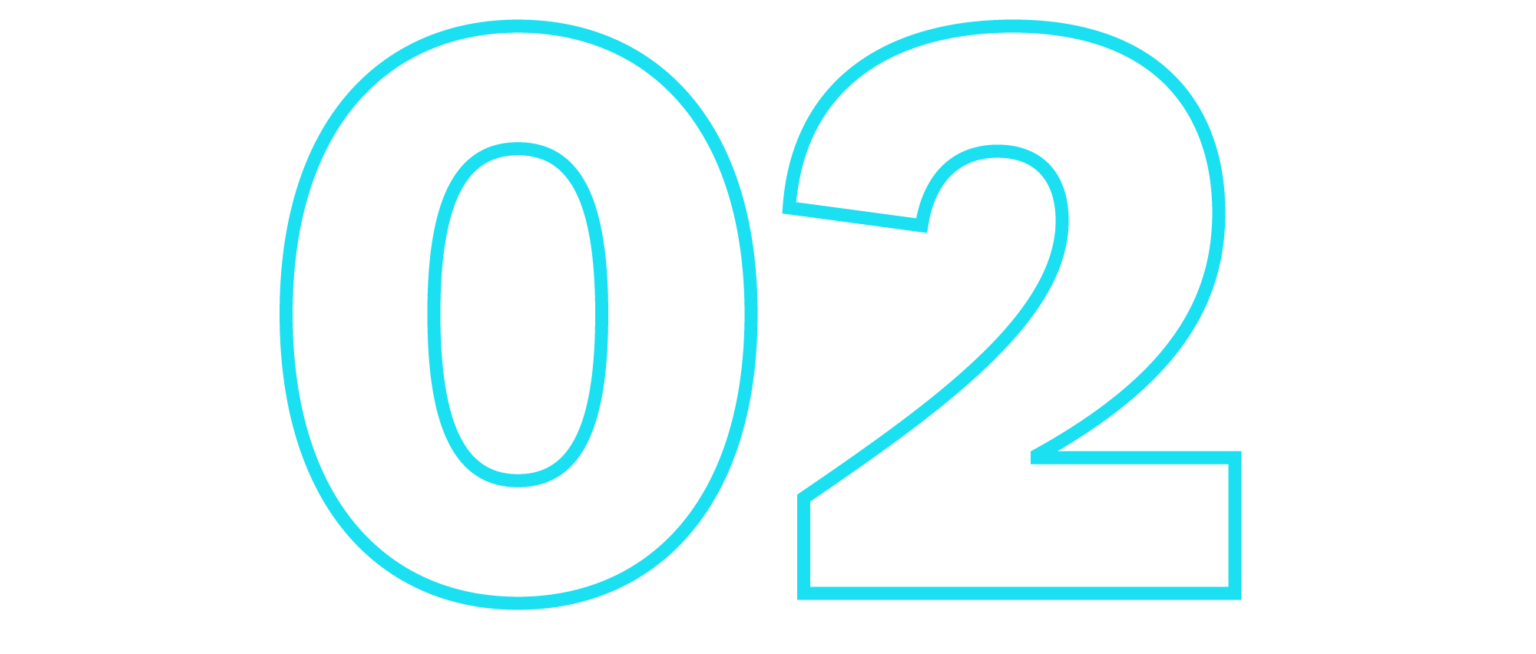
Software engineering vs Product engineering
When creating software, companies and IT teams who lack modern capabilities often approach digital product development with the idea that software developers are the first and last word in product creation. Easy equation: More software equals more developers. A simple transaction. But it’s actually not that simple.
Software developers, on their own, don’t have all the necessary skills to build a modern, scalable, easy-to-use piece of software. Transformational products that solve real problems are best achieved with a diverse, well rounded team of experts. It’s the combination of design, engineering, data and automation that create best-in-class audience-centric experiences.
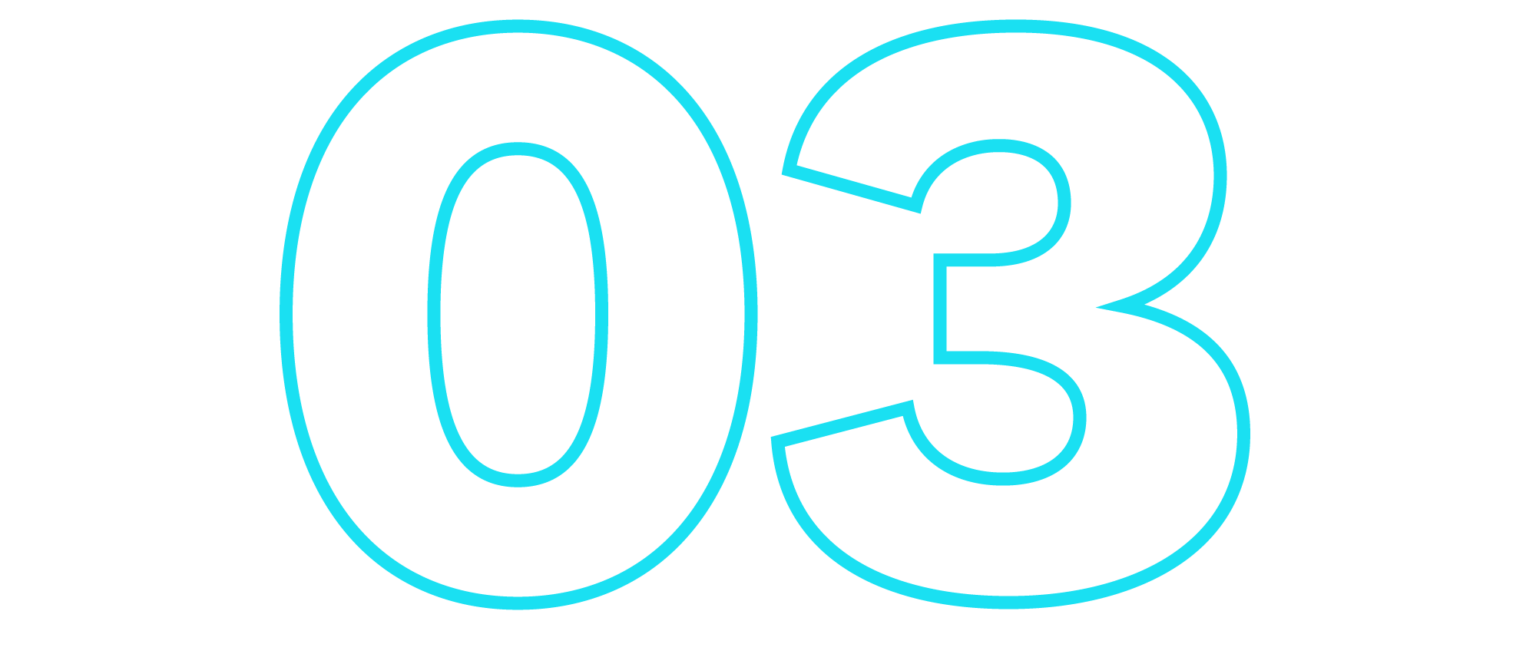
Tactical proof of concept vs Innovation culture
A technical Proof of Concept (POC) is a transactional approach to software development that lets you know if your technology works. If yes—proceed. If no—do different.
Businesses with a transformational mindset focus on the journey of development, as well as the destination. Start with understanding how your products contribute to the strategic business outcomes, then take a manageable set of features to test in a real-world context, and optimize from day one. The goal is to develop a repeatable process for continuous innovation and improvement.
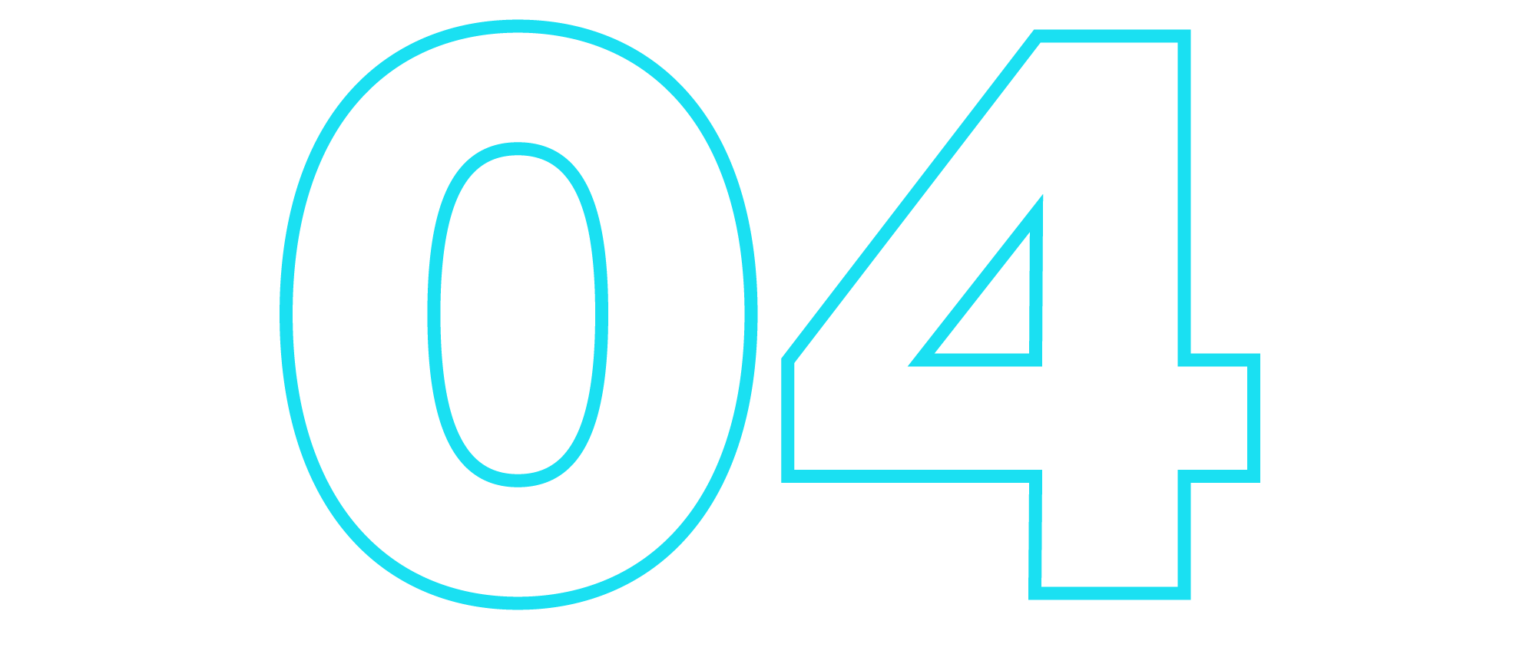
Data migration vs Data modernization
Many businesses attempt to migrate data on their own, thinking it’s a simple 1:1 transaction. But the process of “lift and shift” doesn’t work well if your company has large or complex data to migrate. There are many places where migration can fail, from tracking legacy code to its source, to overcoming bottlenecks caused by API restrictions, to optimizing data for migration.
Businesses with a transformational mindset recognize that the true value of data migration is spot-on data validity, continuous data synchronization, and reliable security across databases. Working with a data migration partner is often the best solution for transformative migration. Someone who eats and breathes data migration with the expertise to instill rigor around performance testing, quality, and reporting to optimize your modern data products.
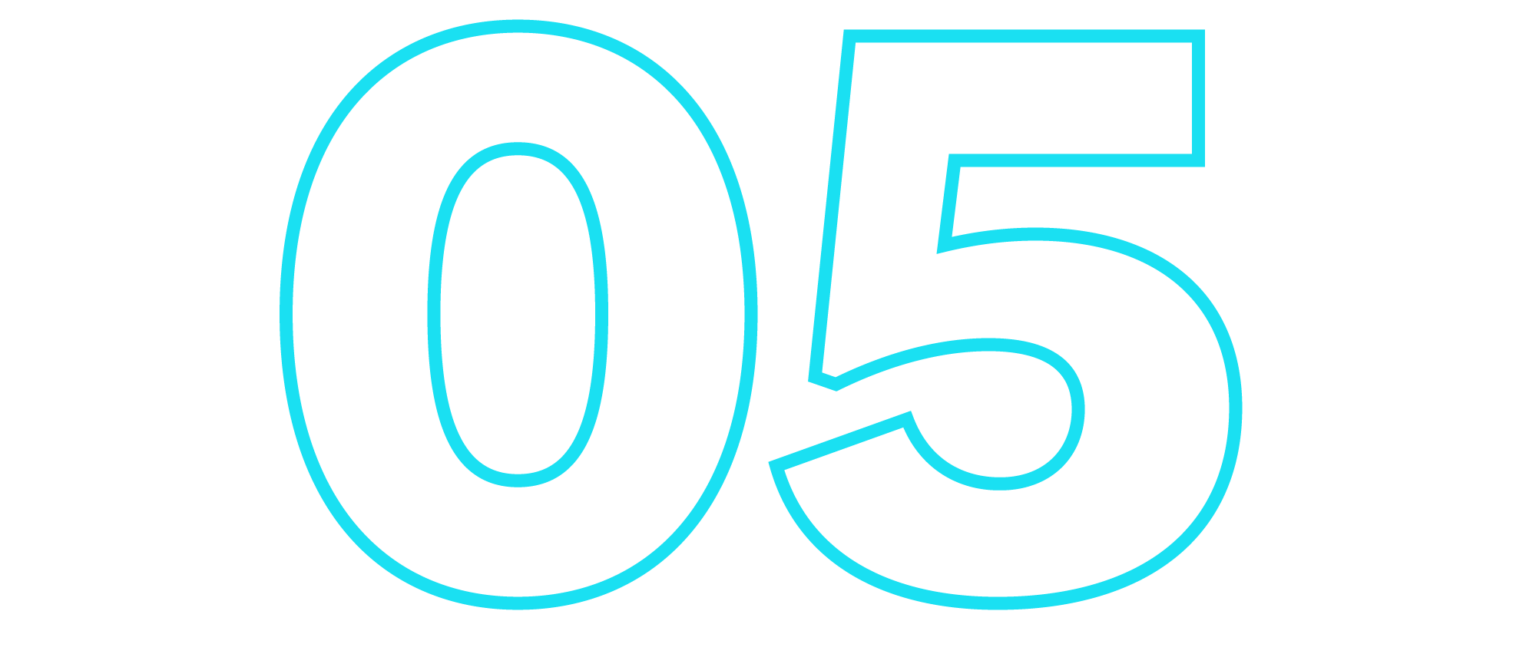
Job roles vs Product outcomes
Over the past couple of decades, when companies needed extra hands, they offshored projects or augmented existing staff with temp labor. These were short-term transactions, useful for time-bound velocity needs.
Now, due to the increasing scope, complexity, and ambiguity of digital transformation, businesses are rethinking their staffing approach—employing a “do-with” partnership versus “do-for” outsourcing model. In bringing on cross-functional teams to achieve their high-velocity outcomes, businesses simultaneously grow their in-house capabilities today and for the future.
To start talking about true transformation with your team and eliminate the typical (and typically ineffective) approaches, ask some pointed questions to help focus your mindset:
Why are you disrupting business as usual to transform your business?
What changes should you make, and what are the key priorities?
How does your digital modernization plan align to your overall business goals?
Are you treating innovation as a continuous learning journey (Transformational) or as a one-time activity (Transactional)?
Do business outcomes drive your POCs (transformational mindset), or the other way around (transactional mindset)?
Transformation is everywhere and knowing how to navigate it all can be daunting. Slalom Build has the flexibility and expertise to pick up and start working with you no matter where you are on your digital modernization journey — See how we do it. Whether you’re stuck in technology integration, or you’re unclear on the best place to start. We have decades of experience creating custom modern technology solutions for the most impactful initiatives, and we help you elevate your own organizational capabilities that drive future-readiness.
If you're interested in learning more about how to become a modern technology company, check out the whitepaper.
Or, if you're ready to chat about transformation for your business, get in touch with us! We’re excited to hear from you.
1. Source: Chakraborty, Saibel, de Laubier, Romain, Forth, Patrick and Reichert, Tom. 2020. “Flipping the Odds of Digital Transformation Success.” BCG, October 29, 2020. https://www.bcg.com/publications/2020/increasing-odds-of-success-in-digital-transformation.


